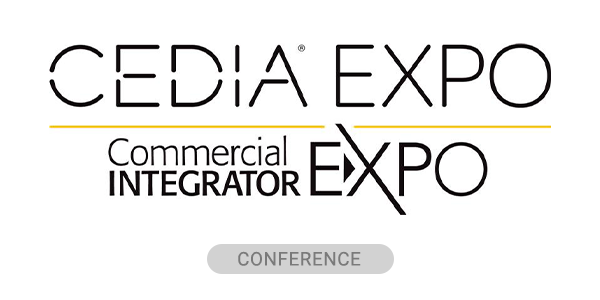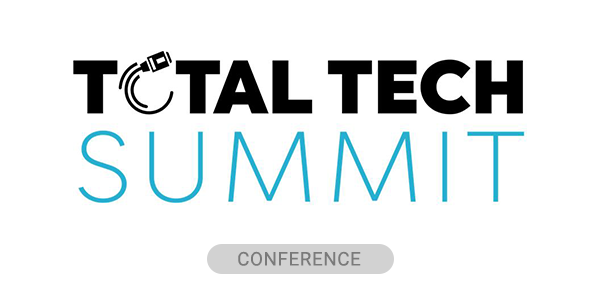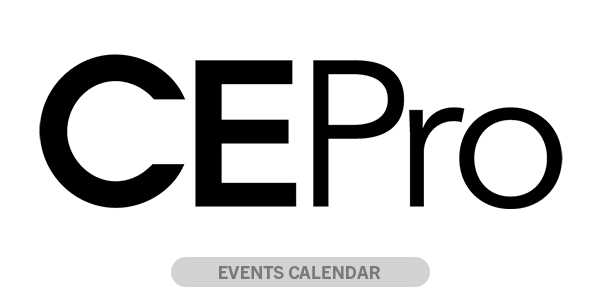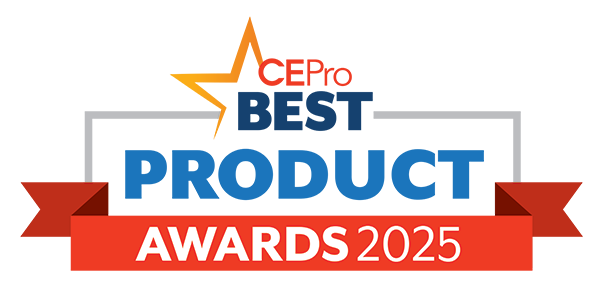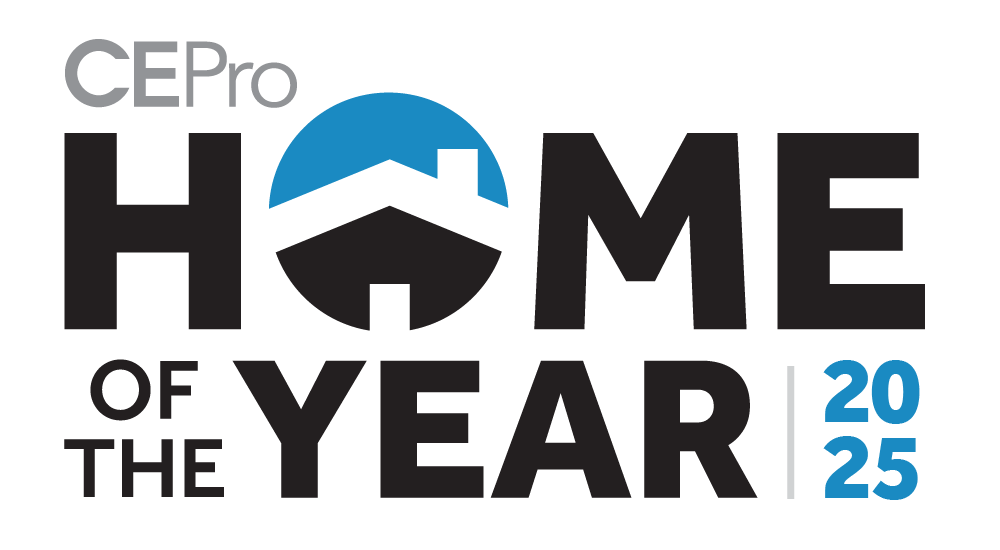Imagine installing an HDMI switcher, connecting up your sources and displays, and using a TV manufacturer’s original remote to operate the entire ecosystem. Just like that. No programming. No IR dongles. No additional hardware. Just a bunch of HDMI cables and connectors.
UK-based Pulse Eight offers that very thing, thanks to a mastery of HDMI CEC, the often-derided control protocol that is supposed to allow interconnected HDMI components to auto-discover and control each other through a common command set.
In reality, it’s never been that simple, but Pulse Eight actually makes it work with the new CEC spec that is part of HDMI 2.0.
Exhibiting in the HDBaseT stand at ISE 2016, Pulse Eight has one of its HDMI matrix switchers connected to a stack of four HDMI components – Amazon Fire TV, Apple TV, a Blu-ray player and a Kodi (formerly XBMC) media player. The sources are routed through a Yamaha receiver and output to a Sony TV and a Samsung TV, both connected to the switch via HDMI 2.0 over HDBaseT.
Managing director Martin Ellis uses the original Sony TV IR remote to navigate through the on-screen display (OSD), switching sources and controlling each of them in turn. When the Blu-ray player is selected, the menu button on the Sony TV remote pulls up the Blu-ray menu. Ellis uses the remote’s volume buttons to control audio through the receiver, with feedback provided through the OSD.
He performs the same tasks using the Samsung TV.
All of this is accomplished magically through HDMI. It’s how CEC was always imagined, but never implemented. If the idea spreads, it could take a good chunk of business out of traditional A/V control systems.
Pulse Eight is the first with a rock-sold, all-CEC A/V control system. That has something to do with the fact Ellis chaired the HDMI CEC 2.0 group, which was responsible for not only writing the spec but ensuring its adoption by all HDMI 2.0 licensees.
“I spent two years fixing the HDMI 2.0 spec,” he says. “CEC is well defined at this point. They [licensees] have to pass the test. There are no loopholes.”
To get the 2.0 stamp of approval, manufacturers must support CEC extensions like remote control pass-through, system audio control and standby.
The extended support and the mandate are the reasons “everyone” is getting behind the initiative.
“Apple just started supporting it in Apple TV,” Ellis says. “Amazon Fire is supporting it too.
Still Magic in the Pulse Eight Switch
Just because CEC is finally viable doesn’t mean it’s simple to accomplish what Pulse Eight has done with its switching software.
Signal management is never an easy task with multiple sources feeding multiple displays simultaneously. For example, Pulse Eight helps packets avoid collisions, queuing up signals until it is their turn to pass through.
Also, each HDMI device responds uniquely to CEC commands – as they would for IR commands — so timing must be programmed into the system.
And Pulse Eight provides “lots of support for lots of quirky modes,” Ellis says.
At ISE 2016, Pulse Eight is showing the Neo:4 Professional HDBaseT switch with four HDMI inputs, four HDBaseT outputs and two HDMI outputs (mirrored). Obviously bi-directional HDMI CEC 2.0 is supported, but IR outputs are also included.
The product integrates with Control4, Elan, RTI and URC control systems.
A complete package with the Neo:4, four HDBaseT receivers, mounting kit, power supply, five IR blasters and a four-button remote retail for 1,750 GBP.
While a simple HDMI switch with CEC 2.0 is not yet available for the consumer market, it may very well be on the road map. Meanwhile, Pulse Eight sells a highly successful DIY-friendly USB-HDMI CEC module for controlling traditional A/V sources via Kodi computer-based media players.
Pulse Eight is seeking U.S. distributors for its new switchers.
CEC History Lesson
In 2013, we posted a story called, “It’s a Miracle: Patented Technology Makes HDMI CEC Work,” about a new switchers from HydraConnect. The concensus at the time was that HydraConnect (a company currently in limbo) did an exceptional job managing components through CEC.
The problem with CEC back then, however, is that standards were loose, and manufacturers did not consistently support them.
With 2.0, however, Ellis is confident that the strict mandates for implementation will ensure an easier path to A/V control in the very near future. We may finally see the end of those blasted IR repeaters.
